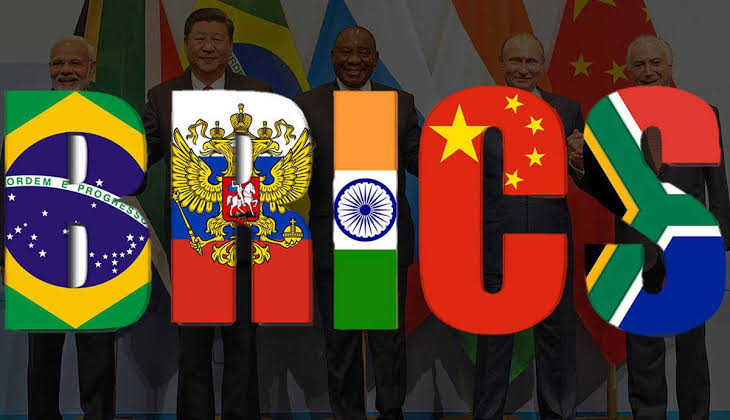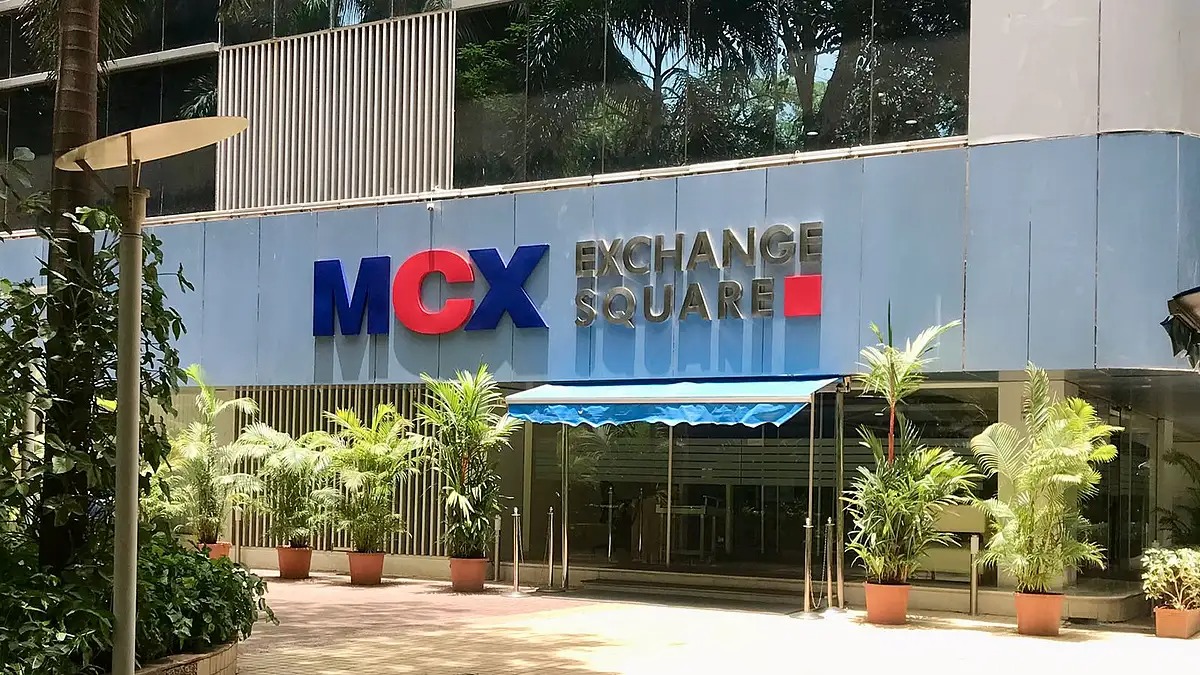 Image Source: The Collector
Image Source: The Collector
India’s role in BRICS is getting a lot of attention, especially after the latest summit in Rio. With the group growing and the world’s power balance shifting, it’s fair to ask: is BRICS still working for India, or is it more trouble than it’s worth?
What’s New with BRICS
The group has expanded to eleven members, adding countries like Saudi Arabia, Egypt, UAE, Ethiopia, Indonesia, and Iran. This means BRICS now has a bigger share of the world’s economy and oil supply.
India uses BRICS to push for changes in global rules, like getting more say for developing countries and a permanent seat at the UN Security Council.
The group’s focus on things like local-currency trade, infrastructure funding, and digital projects lines up with India’s own goals for growth and innovation.
India has taken the lead on issues like climate finance, fighting terrorism, and setting rules for AI, which helps boost its reputation and could bring in more investment.
The New Development Bank and new financial tools could make it cheaper for Indian companies to borrow money, and new projects in agriculture and clean energy might help Indian businesses.
The Complicated Parts
India’s relationship with China is always tricky, with both competition and border disputes in the background.
With so many different countries and political systems in BRICS, it can be hard to get everyone on the same page, and decisions can take a while.
India is also building closer ties with the US, Europe, and Japan, so it has to juggle its BRICS commitments with these other partnerships.
What’s Next
BRICS gives India a way to shape global rules, reach new markets, and show leadership among emerging economies. But the group’s internal differences and India’s need to balance its global relationships mean the benefits come with some real challenges.
Sources: Indian Express, Times of India, New Indian Express, NDTV, BBC, United States Institute of Peace, PIB, India Briefing
Advertisement
Advertisement





